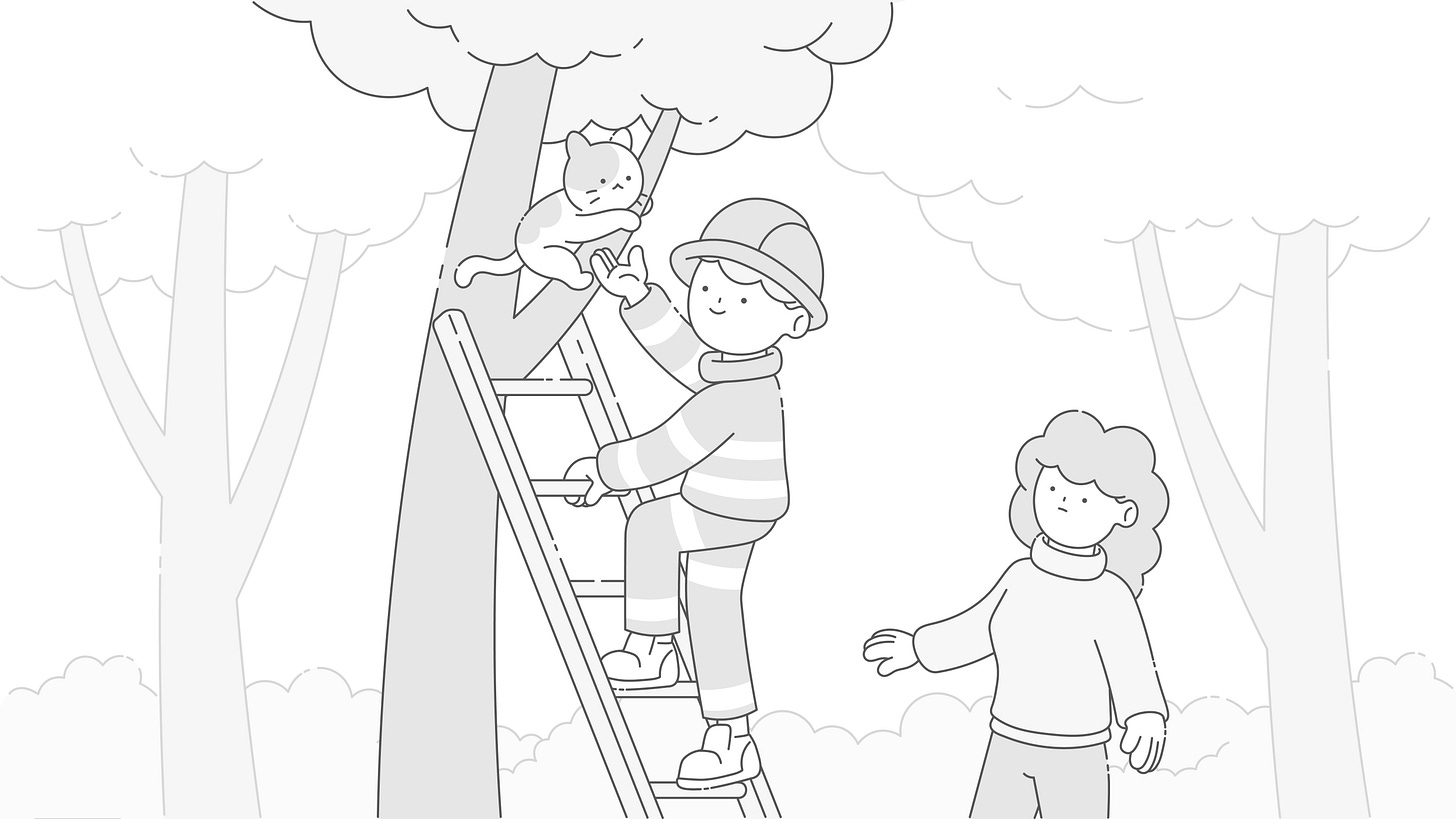Hi there! It’s that day of the week again, so grab your coffee, coke, or whatever potion fuels your creative process, and get ready.
Today, we’re talking about character arcs—those juicy transformations that make your protagonist leap off the page and haunt your readers’ dreams—and about endings.
Warning: An Unpopular Opinion
Here’s a (hardly) surprising detail about me: I’ve read both Save the Cat! and Save The Cat! Writes a Novel.
You might have read either, too. Your writing teachers (if any) have probably read them. They’re classics. They’re helpful. They take a very uncertain journey of creative exploration and break it down into actionable baby steps that anyone can follow.
But can we talk about how every book and every movie now feels the same? Just swap out the names and species, and you’ve got the same story, over and over again.
Well, I’d like to remind writers that life, unfortunately, is more varied than just Happily Ever After.
Some Basic Math
Character arcs stem from internal journeys. They could take the form of a flaw that must be overcome, of letting go of inner demons, of new values to embrace, or of some subconscious need.
Character arcs come in four flavors:
The hero has a successful internal journey (positive arc).
The hero has an internal journey, and they fail at it (negative arc).
The hero has an internal journey, and they might or might not succeed… but the writer leaves the question open (open arc).
The hero has no internal journey, which is absolutely fine (flat arc).
Now, what about the hero’s external journey, the stated goal that they knowingly go after?
Every hero has an external journey, so here we have three flavors:
The hero succeeds in their external journey.
The hero fails in their external journey.
The hero might or might not succeed… but the writer leaves the question open.
How many options for story types do we have so far? Oh, only at least 12. Let’s go over their different combinations.
And Now the End is Near
Now that we know your story can end in one of 12 ways, let’s go over some of them.
Happily Ever After—when both internal and external journeys are a success. This seems to say that if you overcome your flaws, all will be well.
Bittersweet—when the hero succeeds in the internal journey (what they need) but fails in the external (what they wanted). This seems to say that getting the thing you need is more important than getting the thing you want.
Bitter Victory—when the hero fails in the internal journey but wins in the external. This seems to say that the thing you want is worth nothing if you turn away from the thing you need.
Cautionary Tale—when the hero fails in both the internal journey and the external. This seems to say that if you can’t overcome your flaws, you will never find what you desire.
Born-Ready Heroes Win—when the hero has no inner journey (they are born ready for their role), and they succeed in the external journey. This seems to say that what you want might be difficult, but if you try hard enough, it can be achieved.
Born-Ready Heroes Fail—when the hero has no inner journey, and they fail in the external journey. This seems to say, no matter how hard you fight, you’re just not good enough. Save this for disillusioned dystopias about governments and mega-corporations. :)
The other 6 endings are all open to the interpretation of the reader, because the writer simply ends the story before the hero makes their final choices (whether regarding the inner journey or the external one). Careful with these ones. They could be a powerful artistic statement, but readers tend to dislike them.
But even leaving those 6 open options aside, you have so many interesting choices!
Character Arcs and Endings in Plotrise
Plotrise (the novel planner) will never encourage you to choose only the “Happily Ever After” route. Every character you create comes with extensive exploration of the Inner Journey and the External Journey, so that you’re free to explore ALL the messy, glorious possibilities for your stories.
Conclusion
Go ahead—let your cat stay in the tree. Or better yet, let it jump out and wreak havoc. Interesting things happen when you stray off the beaten path.




Just don’t let harm come to the cat. I always hate it when the dog dies. Where the red fern grows? Brutal, I may never recover!